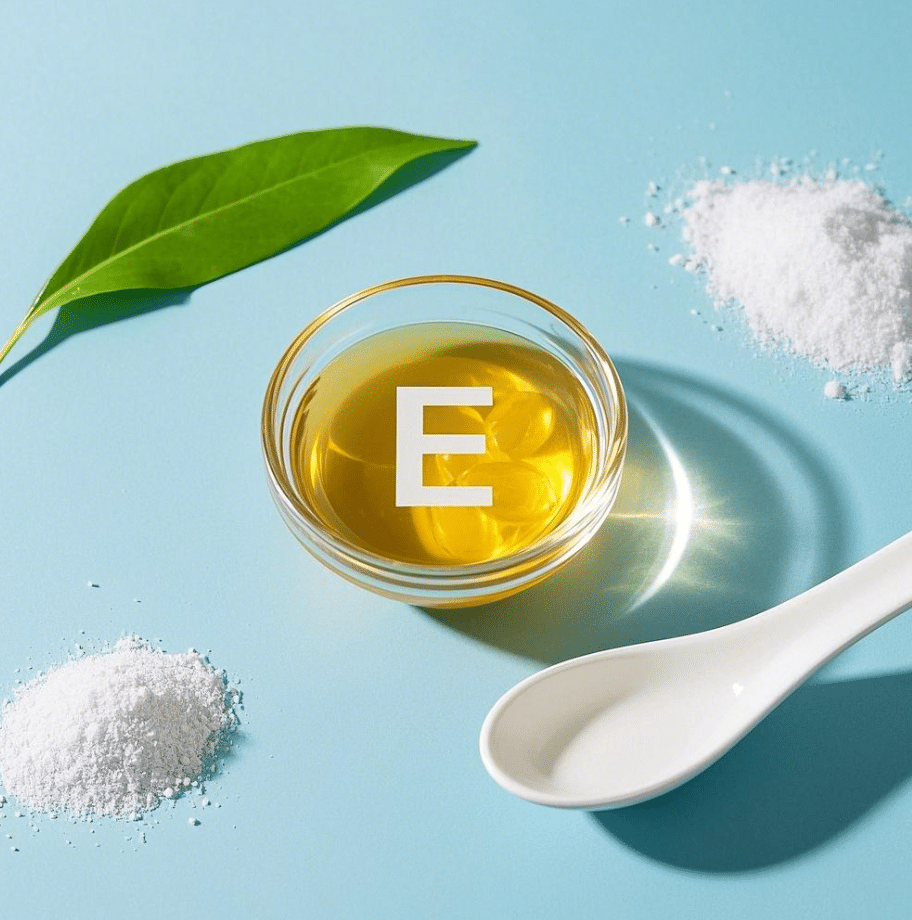
synthetic vitamin e manufacturer
Synthetic Vitamin E, typically found as DL-alpha-tocopheryl acetate, is a laboratory-produced form of vitamin E that serves as a vital antioxidant in various applications. Unlike natural vitamin E, which is a blend of tocopherols and tocotrienols, synthetic vitamin E is a single, racemic mixture of alpha-tocopherol. It is widely used due to its excellent stability and cost-effectiveness. The primary synthetic vitamin E benefits stem from its potent antioxidant properties, which help protect cells from oxidative damage caused by free radicals. This makes it crucial for maintaining overall cellular health, supporting the immune system, and promoting healthy skin. Its stable nature allows for easy incorporation into dietary supplements, fortified foods, cosmetics, and animal feed, ensuring consistent delivery of vitamin E’s protective advantages.
Please note: We are a wholesale supplier and have minimum order quantities.
Have questions about this product? Our team is here to help. For inquiries about multiple ingredients, please use the Contact Us option and include the list of ingredients in your message.
- CAS No.: 7695-91-2
- Chemical Name: DL-alpha-Tocopheryl acetate
- Synonyms: Vitamin E acetate (synthetic); All-rac-alpha-Tocopheryl acetate; Alpha-tocopheryl acetate (DL-form); DL-alpha-Tocopherol acetate
- CB Number: CB5854884
- Molecular Formula: C31H52O3
- Molecular Weight: 472.74 g/mol
- MDL Number: MFCD00008069
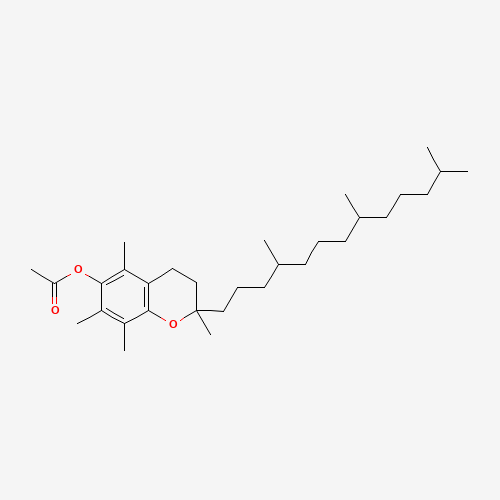
Synthetic Vitamin E Manufacturing Process
Raw Material Sourcing & Preparation
Initiating with petroleum-derived raw materials such as trimethylhydroquinone and isophytol. These precursors undergo rigorous purification to ensure the starting purity required for the synthesis of synthetic vitamin E.
Condensation Reaction (Tocopherol Synthesis)
The purified trimethylhydroquinone is reacted with isophytol in a condensation reaction, often catalyzed by acids. This reaction forms the tocopherol nucleus, specifically the DL-alpha-tocopherol, which is the base of synthetic vitamin E.
Esterification (Acetylation)
The synthesized DL-alpha-tocopherol is then esterified, typically with acetic anhydride or acetyl chloride. This crucial step converts the alcohol group into an acetate ester, forming DL-alpha-tocopheryl acetate, enhancing its stability and preventing oxidation.
Purification & Refinement
Extensive purification stages follow, including distillation, filtration, and solvent extraction. These processes remove impurities, unreacted starting materials, and by-products, ensuring the high purity required for pharmaceutical and food-grade synthetic vitamin E.
Concentration & Standardization
The purified DL-alpha-tocopheryl acetate is concentrated to achieve the desired potency. This is followed by standardization to meet specific international unit (IU) requirements, ensuring consistent strength and quality for the final synthetic vitamin E product.
Quality Control & Packaging
The final synthetic vitamin E undergoes rigorous quality control testing for purity, potency, stability, and other critical specifications. Once approved, it is carefully packaged in airtight containers, often under inert gas, to protect its integrity and extend shelf life before distribution.
Why Choose Gensei as Your Synthetic Vitamin E Supplier?
Choosing Gensei as your Synthetic Vitamin E supplier means partnering with a leading Synthetic Vitamin E manufacturer renowned for its commitment to excellence and reliability. We understand the critical role of DL-alpha-tocopheryl acetate in diverse industries, from supplements to cosmetics. Our advanced manufacturing processes ensure that our Synthetic Vitamin E consistently meets stringent purity and potency standards, delivering robust synthetic vitamin E benefits. We pride ourselves on a highly efficient and quality-controlled production line, guaranteeing a stable and consistent supply. With Gensei, you gain a trusted partner dedicated to providing superior synthetic vitamin E, backed by expert technical support and a global distribution network, ensuring your formulations achieve optimal performance.
Features of Synthetic Vitamin E:
- High Stability: As DL-alpha-tocopheryl acetate, it is highly stable against oxidation, heat, and light, ensuring long-lasting potency in formulations.
- Cost-Effective: Offers an economical alternative to natural vitamin E while still providing significant antioxidant benefits.
- Versatile Forms: Available in various forms including powders and oils, facilitating easy incorporation into different product types.
- Consistent Purity: Manufactured under strict quality control, ensuring a consistent and high level of purity for reliable performance.
- Broad Applications: Suitable for a wide range of uses in dietary supplements, food, cosmetics, and animal feed.
Application Scenarios of Synthetic Vitamin E:
- Dietary Supplements: Widely used in multivitamins and antioxidant supplements to support overall health, immune function, and cardiovascular wellness, leveraging its synthetic vitamin E benefits.
- Fortified Foods: Incorporated into cereals, dairy products, and baked goods as an antioxidant to preserve freshness and enhance nutritional value.
- Cosmetics and Skincare: A popular ingredient in anti-aging creams, lotions, and sunscreens due to its antioxidant properties that protect skin cells from damage and promote skin health.
- Animal Nutrition: Added to animal feed formulations to support animal growth, immune response, and reproductive health.
- Pharmaceuticals: Used in certain pharmaceutical preparations for its antioxidant and protective effects on cells.
Our State-of-the-Art Manufacturing Facilities
Explore our modern facilities equipped with advanced technology to ensure the highest quality in the production of your vitamins, herbal extracts, minerals, and amino acids.

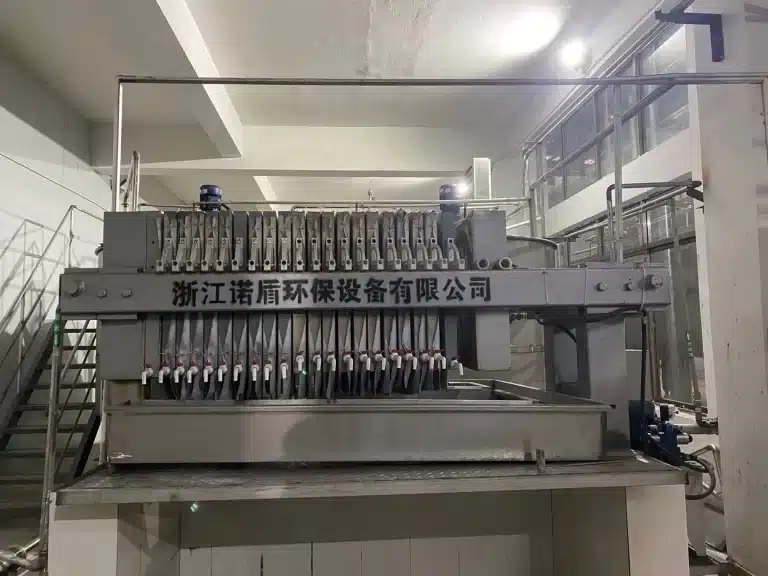
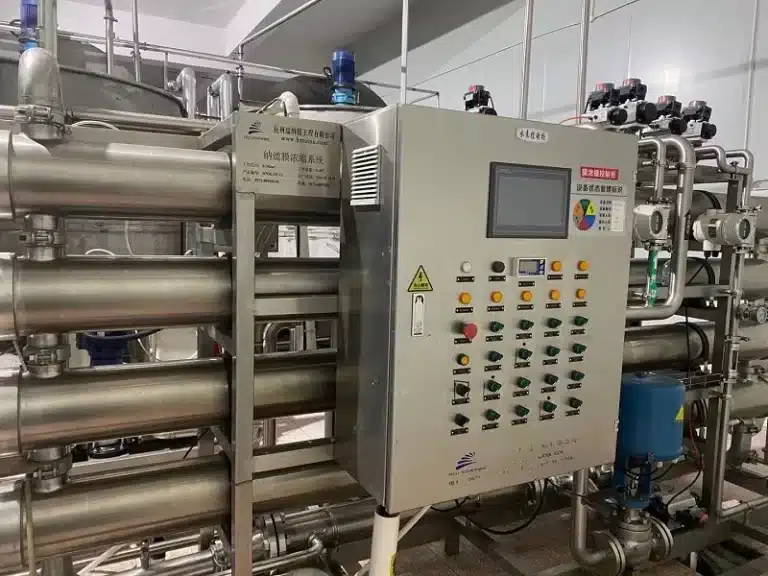

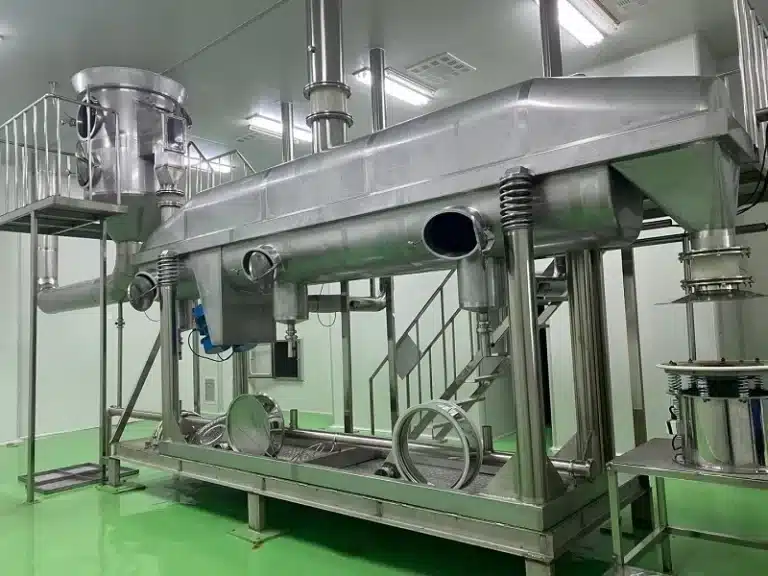






FAQs
Synthetic vitamin E is typically made from petroleum-derived chemicals, specifically trimethylhydroquinone and isophytol, through a series of chemical reactions to produce DL-alpha-tocopheryl acetate.
The main synthetic vitamin E benefits include its potent antioxidant properties, which protect cells from oxidative damage, support immune function, promote skin health, and contribute to overall cellular integrity
While synthetic vitamin E (DL-alpha-tocopheryl acetate) is a single isomer and has about half the biological activity per milligram compared to natural vitamin E (D-alpha-tocopherol), it is still effective in delivering antioxidant benefits.
Synthetic vitamin E is widely used due to its excellent stability against oxidation, heat, and light, making it ideal for formulations with long shelf lives. It is also generally more cost-effective to produce than natural vitamin E.
When consumed within recommended daily allowances, synthetic vitamin E is generally safe. Excessive intake, particularly from supplements, can lead to side effects like bleeding complications, so adherence to guidelines is important.
Synthetic vitamin E is a popular cosmetic ingredient due to its antioxidant and skin-conditioning properties. It's often included in creams, lotions, and serums to help reduce signs of aging and protect the skin from environmental stressors.
Due to its high stability, synthetic vitamin E (DL-alpha-tocopheryl acetate) typically has a long shelf life, often ranging from 24 to 36 months or more, when stored properly in cool, dry conditions away from light.
Yes, synthetic vitamin E is an effective antioxidant in food. It's used to prevent rancidity in fats and oils, extend the shelf life of certain processed foods, and help maintain their freshness and nutritional quality.
The most common form is DL-alpha-tocopheryl acetate, which is a stable ester. It can be found as an oily liquid or in powdered forms, making it suitable for various applications.
Natural vitamin E (D-alpha-tocopherol) is generally absorbed and utilized by the body more efficiently than synthetic vitamin E (DL-alpha-tocopherol) due to stereochemical differences. However, both forms provide antioxidant activity.

